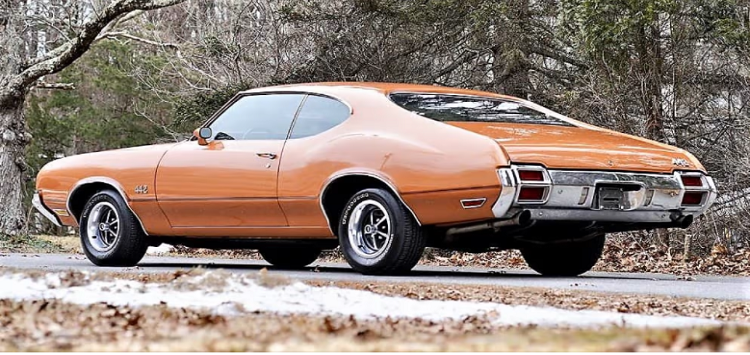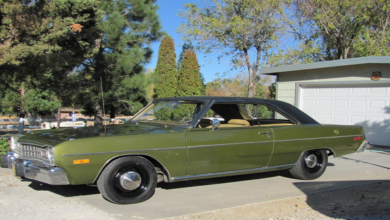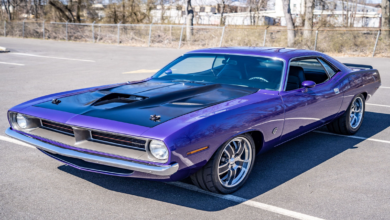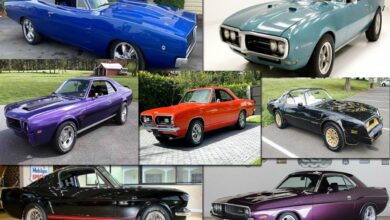1971 Oldsmobile 442 Marks ‘Bittersweet’ Muscle Car Decline.
To some, it might seem symbolic that Oldsmobile debuts a color called “Bittersweet” (officially, paint code #62) in 1971, just as the peak muscle car era was facing a rapid decline.
According to the listing, this Olds two-door hardtop is one of just 112 units that were finished in Bittersweet for the 1971 model year. Adding to that unique appeal is a long list of factory options including air conditioning, power steering, power disc brakes, a center console and a sport steering wheel – and the car has just 78,000 miles on the odometer.
The listing describes this Oldsmobile as a “professional frame-off rotisserie restoration. Solid frames, floors, and trunks. Undercarriage is just as clean as the top side. All body lines and door gaps are perfect.” Even the interior is said to display perfect materials.
The 4-4-2 nomenclature originally came about in 1964 as a nod to the combination of a four-barrel carburetor, a four-speed manual transmission and dual exhausts. The 442 shared General Motors A-body underpinnings at the time with the Chevrolet Chevelle, Pontiac Tempest, Oldsmobile F-85 and Buick Special.
In fact, the 442 nameplate was initially offered only as an option package. But Oldsmobile, like the other GM brands, was swift to move in on the hot muscle car segment, and the 442 became a standalone model beginning in 1968.
This 1971 442 draws power from its numbers-matching 455cid V8 mated to a three-speed automatic transmission. The seller outlines the car’s mechanical condition by that the Oldsmobile runs and drives excellently. “All electrical works as it should include gauges, interior lights, blinkers, etc.”
The final year of the second-generation 442 was in 1972, when the name officially went back to referring to an appearance and handling package (option code W-29). New regulations around fuel economy and heightened attention to rollover protection, impact-absorbing bumpers, and other safety standards led to a complete redesign called the Colonnade body style in 1973.









Right on my man!